Stunning Photos of Our Milky Way Galaxy (Gallery)
'Downtown' Milky Way
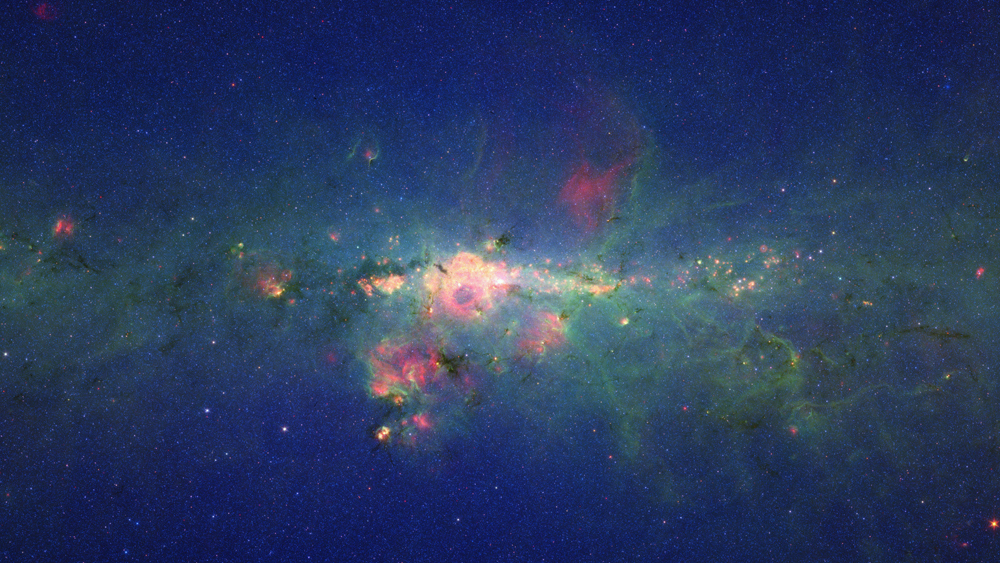
A view from the bustling center of our galactic metropolis. Spitzer Space Telescope offers us a fresh, infrared view of the frenzied scene at the center of our Milky Way, revealing what lies behind the dust.
Globular Clusters Found by VISTA Telescope
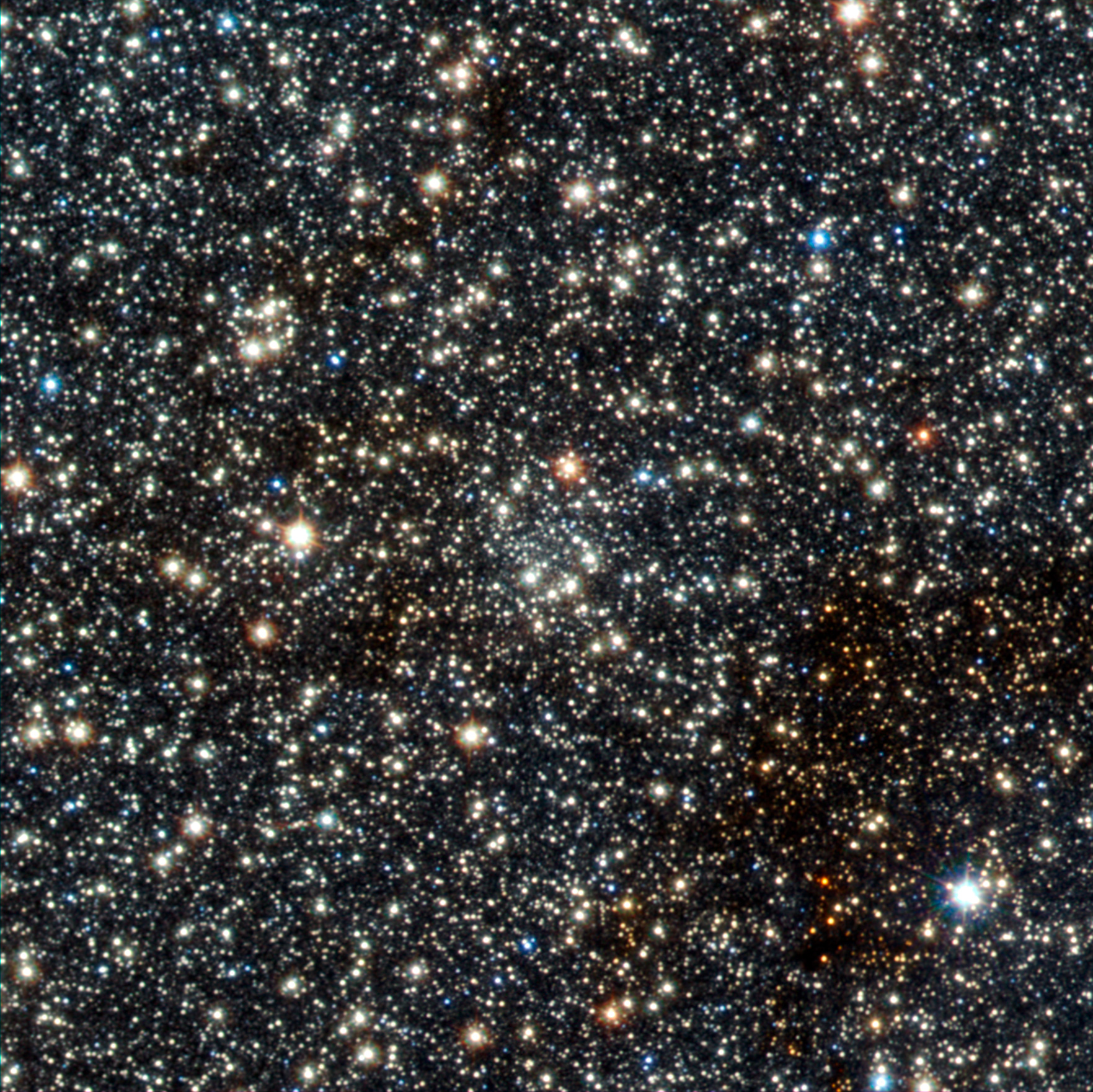
This image from VISTA is a tiny part of the VISTA Variables in the Via Lactea (VVV) survey that is systematically studying the central parts of the Milky Way in infrared light. In the center lies the faint newly found globular star cluster, VVV CL002. This previously unknown globular, which appears as an inconspicuous concentration of faint stars near the centre of the picture, lies close to the center of the Milky Way.
VISTA Telescope Discovers Two New Globular Clusters
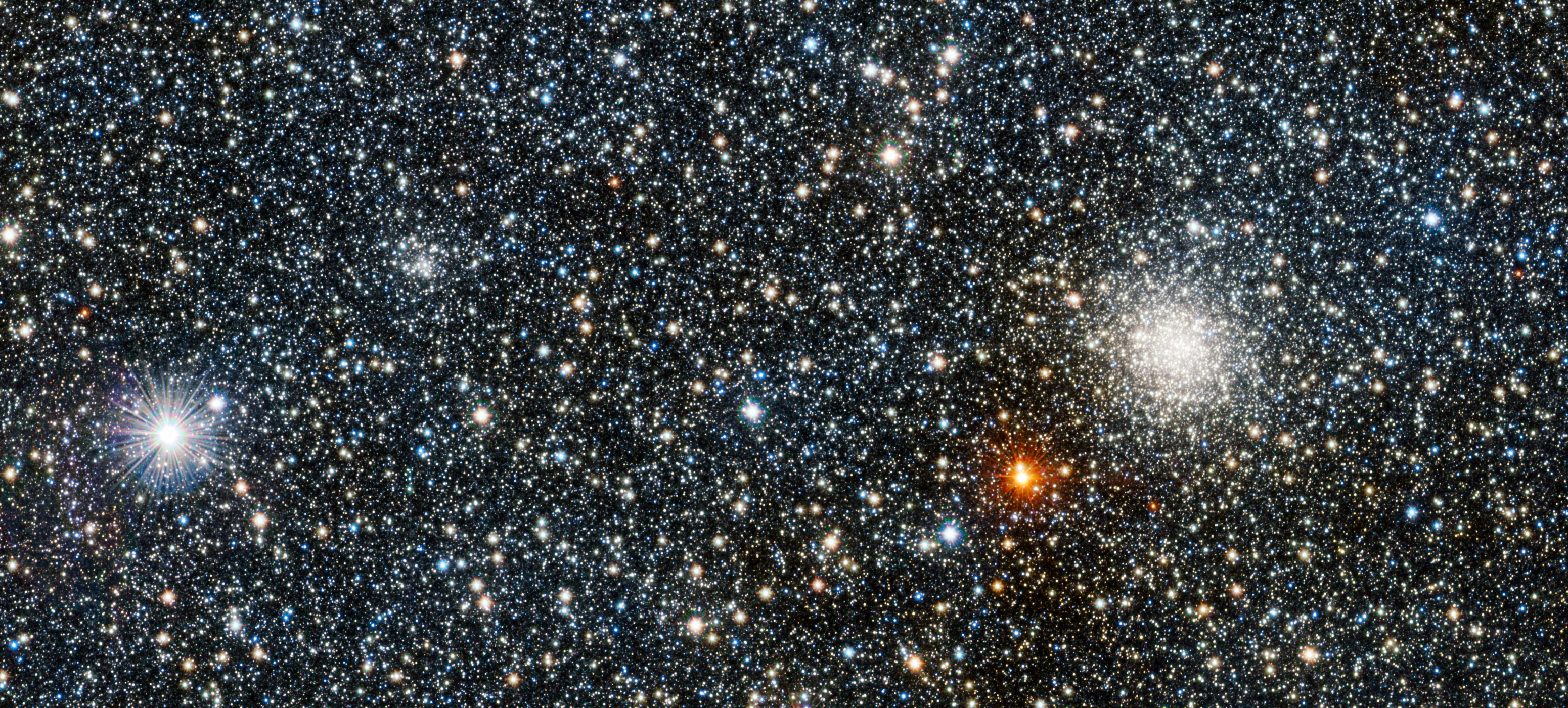
This image from VISTA is a tiny part of the VISTA Variables in the Via Lactea (VVV) survey that is systematically studying the central parts of the Milky Way in infrared light. On the right lies the globular star cluster UKS 1 and on the left lies a much less conspicuous new discovery, VVV CL001 — a previously unknown globular, one of just 160 known globular clusters in the Milky Way at this time.
The Southern Milky Way
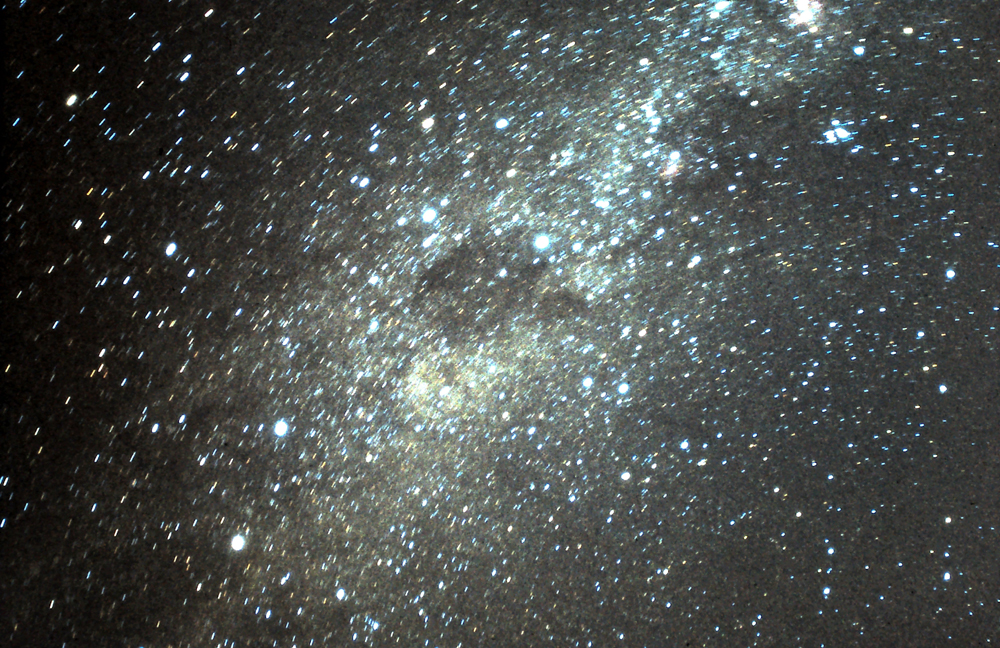
The dark Coalsack is readily apparent in the middle of the image. The stars Alpha Centauri (the closest star to our solar system at 4.3-light years away) and Beta Century are to the left of the Coalsack, while the famous Southern Cross (Crux) is poised just above and to the right of the Coalsack. The Southern Milky Way is far more spectacular than the Milky Way that those of us situated north of the equator can ever see. Taken from La Serena, Chile on April 6, 1986.
Give It a Whirl
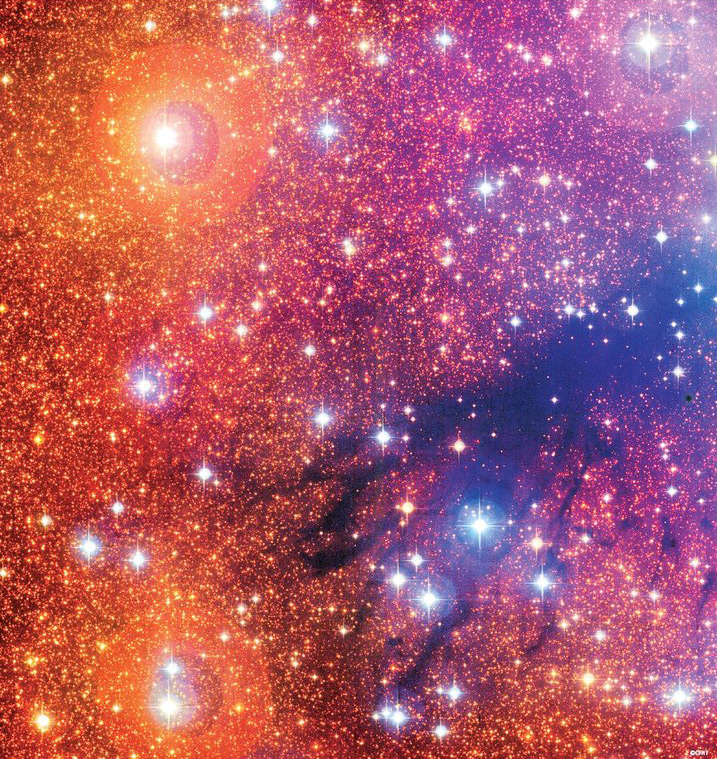
Stars in the Milky Way.
Black Hole Grabs Planet-Sized Snack
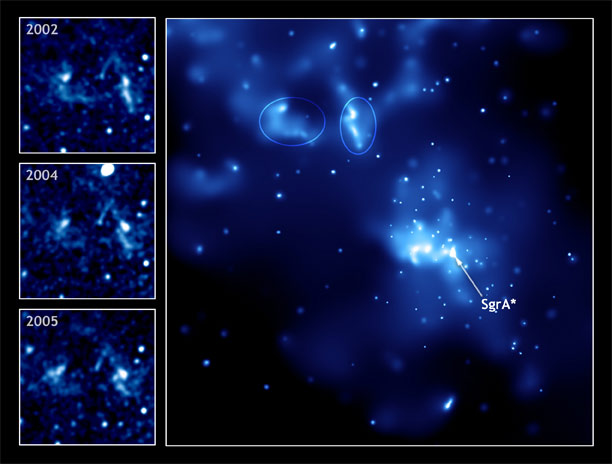
This set of Chandra images shows evidence for a light echo generated by the Milky Way's supermassive black hole, a.k.a. Sagittarius A* (pronounced "A-star").
A Billion Stars Hiding in Milky Way
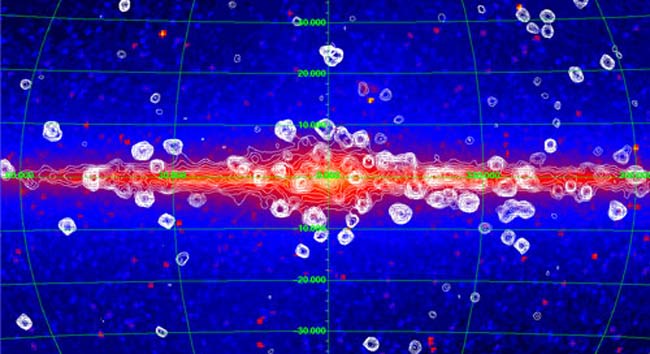
Image of the galactic X-ray background superimposed on an image of infrared sources. The X-rays, shown as white contour lines, were detected by NASA's Rossi X-ray Timing Explorer. Everything else is the infrared background. The white knots reveal very bright X-ray sources, mostly from black hole and neutron star activity.
Get the Space.com Newsletter
Breaking space news, the latest updates on rocket launches, skywatching events and more!
Milky Way's Galactic Center
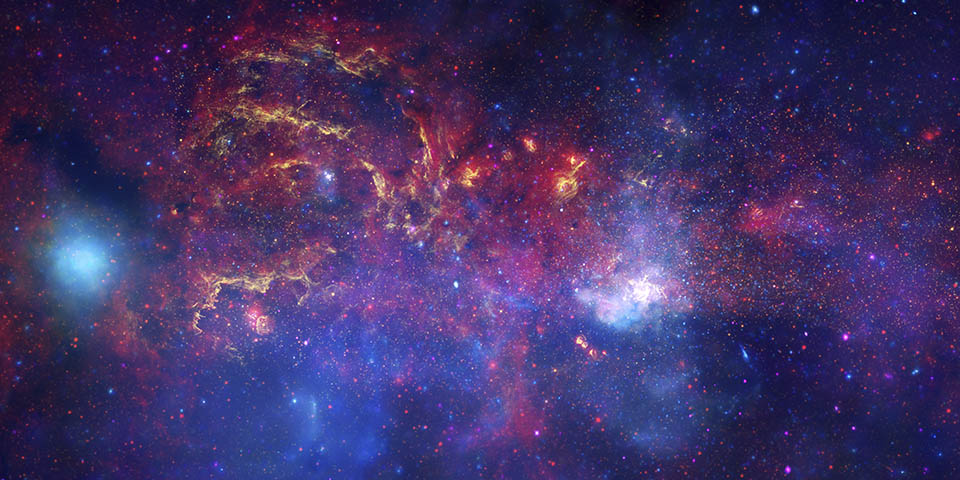
A multi-wavelength image of the Milky Way's center. It is towards the galactic center where the highest number of stars and rocky planets reside, but also where the most supernovae occur.
Cosmic Finger Taps Our Galaxy's Shoulder
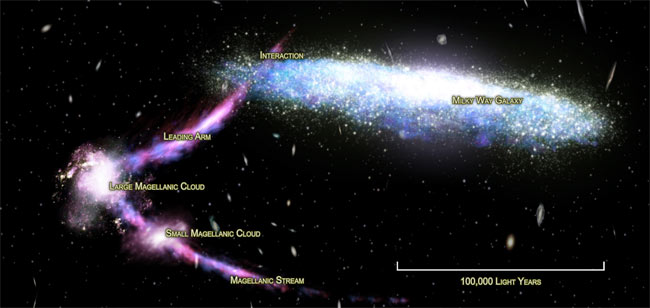
The leading arm of gas streaming from the Magellanic Clouds is piercing the disk of the Milky Way.
Milky Way Expected to Survive a Beating
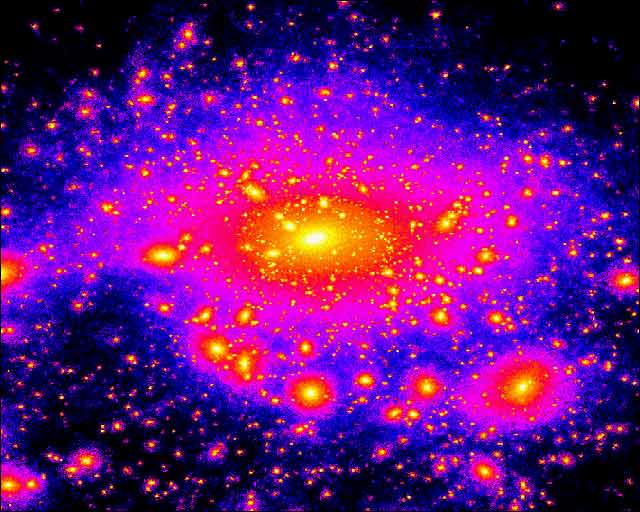
This image from a supercomputer simulation shows the density of dark matter in our Milky Way galaxy, with yellow being densest and blue-black showing areas of least density. The bright central region corresponds roughly to the Milky Way's luminous matter of gas and stars, and the bright clumps outside indicate dark-matter satellites orbiting the Milky Way.
Join our Space Forums to keep talking space on the latest missions, night sky and more! And if you have a news tip, correction or comment, let us know at: community@space.com.

Space.com is the premier source of space exploration, innovation and astronomy news, chronicling (and celebrating) humanity's ongoing expansion across the final frontier. Originally founded in 1999, Space.com is, and always has been, the passion of writers and editors who are space fans and also trained journalists. Our current news team consists of Editor-in-Chief Tariq Malik; Editor Hanneke Weitering, Senior Space Writer Mike Wall; Senior Writer Meghan Bartels; Senior Writer Chelsea Gohd, Senior Writer Tereza Pultarova and Staff Writer Alexander Cox, focusing on e-commerce. Senior Producer Steve Spaleta oversees our space videos, with Diana Whitcroft as our Social Media Editor.









